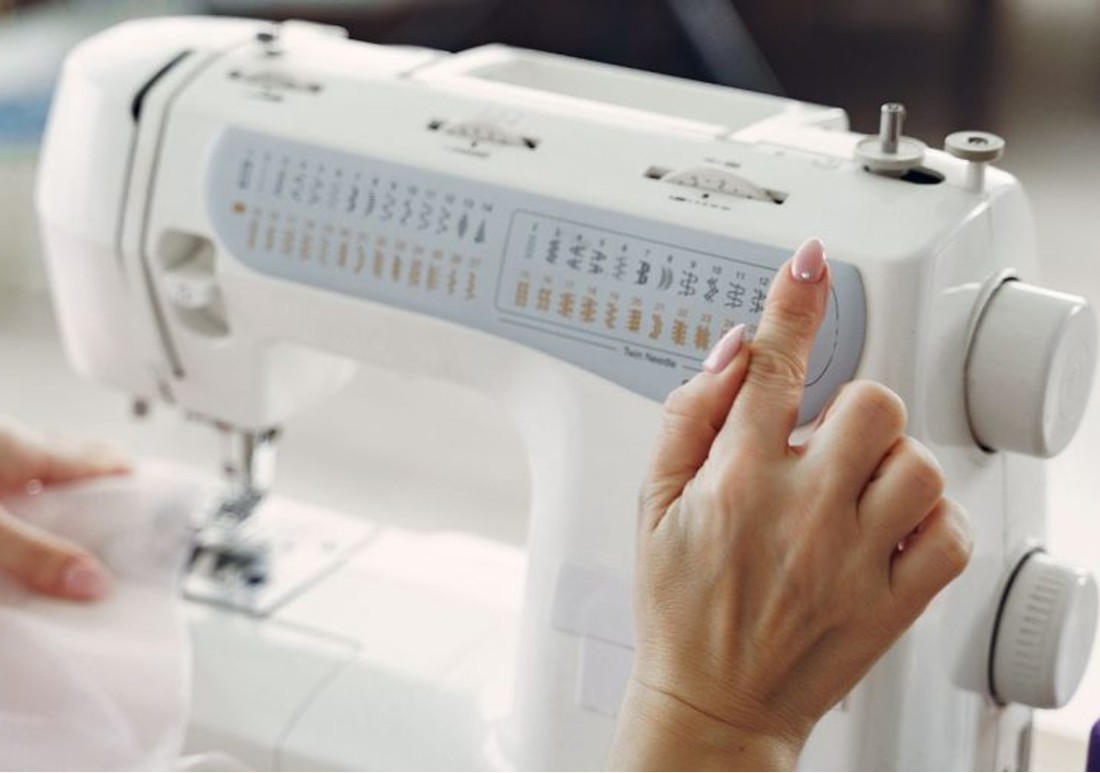How To Use a Sewing Machine: A Guide for Beginners

The sewing machine is a gateway to a world of creativity and self-expression, allowing you to turn your ideas into tangible pieces of art. Whether you’re interested in crafting custom clothing, designing home decor, or making unique gifts, learning how to use a sewing machine is a skill that empowers you to bring your vision to life. If you’re new to sewing, the thought of threading needles and adjusting settings might seem overwhelming. Fear not! Once you learn the basics, you’re all set to practice.This comprehensive guide will demystify the process of using a sewing machine, providing you with step-by-step instructions, essential tips, and confidence-building advice.
Understanding Your Sewing Machine
Before you start stitching, it’s crucial to familiarize yourself with the various components of your sewing machine. These components include the needle and needle plate, the bobbin, the presser foot, the thread tension dial, and the stitch selection dial. Understanding how each part functions will make your sewing experience smoother and more enjoyable.
Getting Started: Step-by-Step Guide
- Threading the Machine: Begin by following the threading diagram provided in your sewing machine’s manual. Carefully thread the upper thread through the needle, tension discs, and guides according to the instructions.
- Inserting the Bobbin: Insert the wound bobbin into its casing, and thread it as per your machine’s guidelines.
- Thread Tension: Set the thread tension dial to the recommended setting for the fabric you’re using. Proper tension ensures balanced stitches usually three or four is a good standard.
- Inserting Fabric: Position the fabric under the presser foot, making sure it’s aligned with the seam guide.
- Lower the Presser Foot: Lower the presser foot to hold the fabric securely in place.
- Start Stitching: With the presser foot down, gently press the foot pedal to begin stitching. Maintain a steady pace and guide the fabric along the seam guide.
Essential Tips for Beginner Sewers
As a beginner, it’s essential to start by practicing on scrap fabric before tackling your main project. This helps you become familiar with the sewing machine’s operation. Begin by perfecting straight stitches then gradually progress to using other stitches. Likewise it’s best to stick with basic patterns and work your way up to more intricate patterns. Remember to select the appropriate needle for your fabric to prevent any mishaps. Experiment with stitch length and width to create various effects on your fabric, and always opt for high-quality thread that complements your material. Sewing is an art that demands patience, so take your time and enjoy the process as you embark on your sewing journey. Always have a good pair of sewing scissors on hand and a seam ripper as well.
Troubleshooting Common Issues
Should you encounter uneven stitches, a quick fix involves tweaking the thread tension or stitch length for a uniform appearance. Address thread bunching underneath by revisiting the bobbin threading and tension to avoid jams. When it comes to broken needles, verify you’re using the appropriate needle for your fabric and steer clear of sewing over pins. For hands-on practice, dive into straightforward projects like sewing a pillowcase, crafting a tote bag, or fashioning cloth napkins. Not only will you enhance your skills, but you’ll also craft practical items in the process.
Safety and Maintenance
Prioritize machine safety by maintaining a safe distance from moving parts while sewing, and remember to power off the machine when it’s not in use. Sustain seamless operation through consistent cleaning. Be sure to clear lint and dust from the machine and bobbin area. Consult your machine’s manual for oiling guidelines, ensuring you lubricate as needed. It’s also recommended you get your machine checked by a professional yearly. This way your diligent care will contribute to the longevity and efficiency of your sewing machine.
Conclusion
Using a sewing machine might seem overwhelming initially, but with practice and patience, it becomes a powerful tool for creativity. As you become more comfortable with the basics, you’ll gain the confidence to explore various stitch patterns and techniques. Each seam you sew brings you closer to mastering this versatile skill. So, thread your needle, lower the presser foot, and let your sewing machine be the vehicle that transforms your creative ideas into beautiful reality.